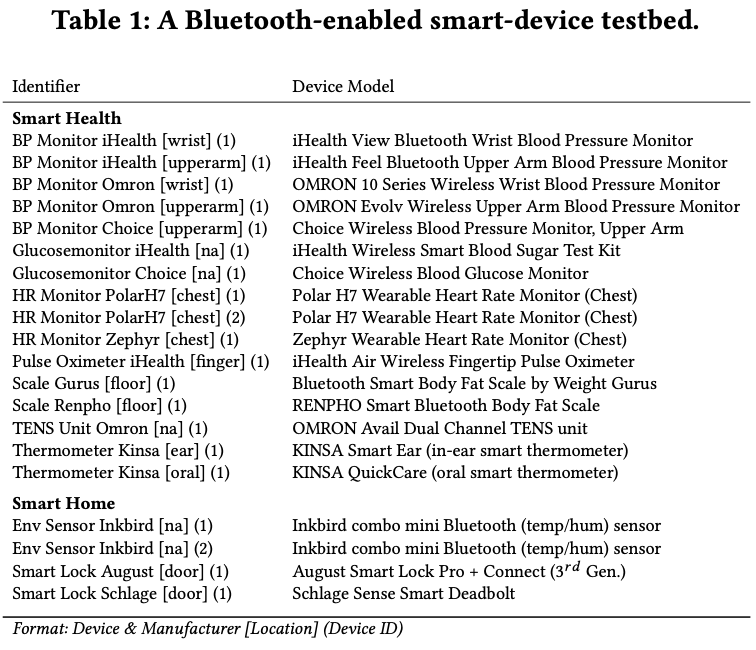The THaW team is proud to announce the issuing of a patent for new methods for single-antenna devices to determine proximity between themselves and another device. Previous work in this field provides a method for secure short-range information exchange between a multi-antenna device and a target device. However, a single-antenna device cannot use a multi-antenna-based method and, therefore, has no way to verify its proximity to the target device.
In this patented work, a single-antenna devices uses the phase and/or amplitude of a preamble received from a transmitting device, particularly a repeating portion of the preamble, to determine whether the receiving device is in close proximity to the transmitting device. If the transmitting device is close to the single-antenna device, the repeating portions of the preamble will differ in phase and amplitude, while a large distance between the two will cause the repeating portions to have a substantially consistent phase and amplitude. This can be helpful in preventing a distant adversary from tricking the single-antenna-device into believing that a malformed preamble is a legitimate signal from a nearby device.
Interested in learning more? Check out the patent here!

PIERSON, Timothy J., Ronald Peterson, and David F. KOTZ. System and method for proximity detection with single-antenna device. US 11,871,233 B2, issued January 9, 2024. https://patents.google.com/patent/US11871233B2/en.








